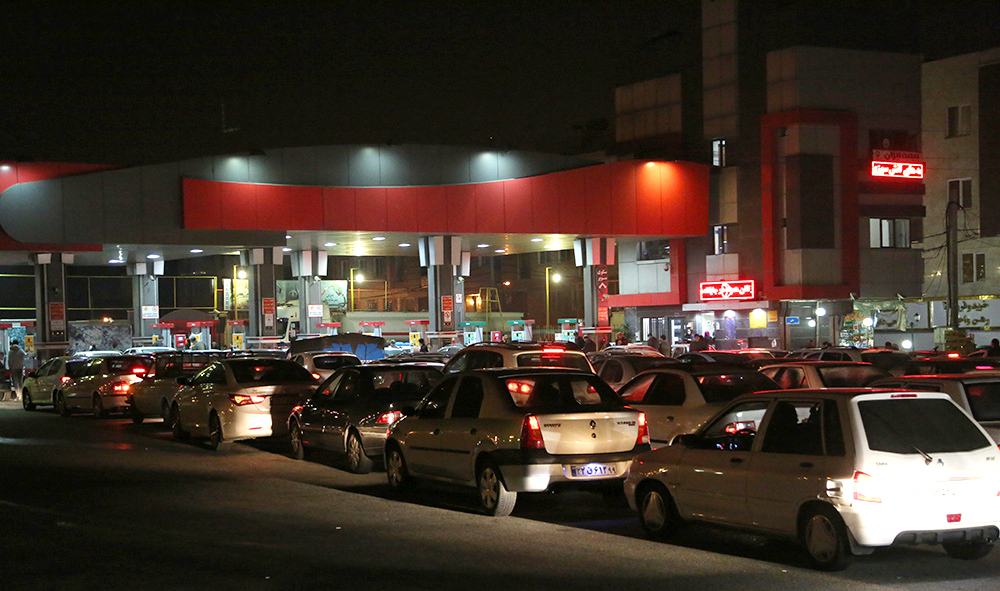An earthquake whose tremors were felt in Tehran and surrounding areas late on Wednesday drove up gasoline consumption as people rushed to open spaces and inside their cars for safety.
A magnitude 5.2 earthquake rattled the city of Meshkindasht 50 kilometers west of Tehran in Alborz Province about 11:30 p.m. local time. Within the 12 hours after the quake, gasoline demand soared in the capital and long queues of cars were formed at filling stations.
"Between midnight Thursday and 12 noon, people in Tehran burned around 15 million liters of gasoline," Ziba Esmaeili, spokesperson of the National Iranian Oil Refining and Distribution Company, said on Thursday, ISNA reported.
Average gasoline demand in the capital is around 15 million liters a day. Consumption of the fuel nationwide is close to 80 million liters a day.
"Gasoline consumption in Tehran Province has soared to 23 million liters, including 17.5 million liters in the city of Tehran," she added.
In the first few hours after the quake, heavy traffic was reported in streets and highways and many families spent the night in their vehicles or tents in the cold. One woman reportedly died of shock after the earthquake.
Also pushing up fuel consumption on Thursday was the rise in commutes for Yalda Night, a traditional Iranian celebration marking the longest night of the year in winter solstice.
Demand is expected to return to normal by next week.
Geological studies suggest that a massive earthquake can occur in Tehran. According to one estimate, a magnitude 7 earthquake can destroy 30% of buildings in Tehran and kill at least 100,000 people.
The quake that threw Tehran into disarray and forced officials to close schools and public offices served as a test of how a city of 8 million people is ready to face a stronger earthquake that could cause a catastrophe of unthinkable proportion.
Tehran could turn into a giant gridlock if hit by a massive quake.
According to the Traffic Department of Tehran Municipality, around 4 million vehicles ply the streets of Tehran. That is more than five times the city's capacity and nearly one-fifth of the total number of cars in Iran.
Last month, close to 500 people died in a magnitude 7.3 earthquake that rocked the western Kermanshah Province and reduced tens of towns and villages to rubbles.
Iran is one of the most seismically active countries, being crossed by several major faults that cover at least 90% of the country. As a result, earthquakes in Iran occur often and are destructive.


